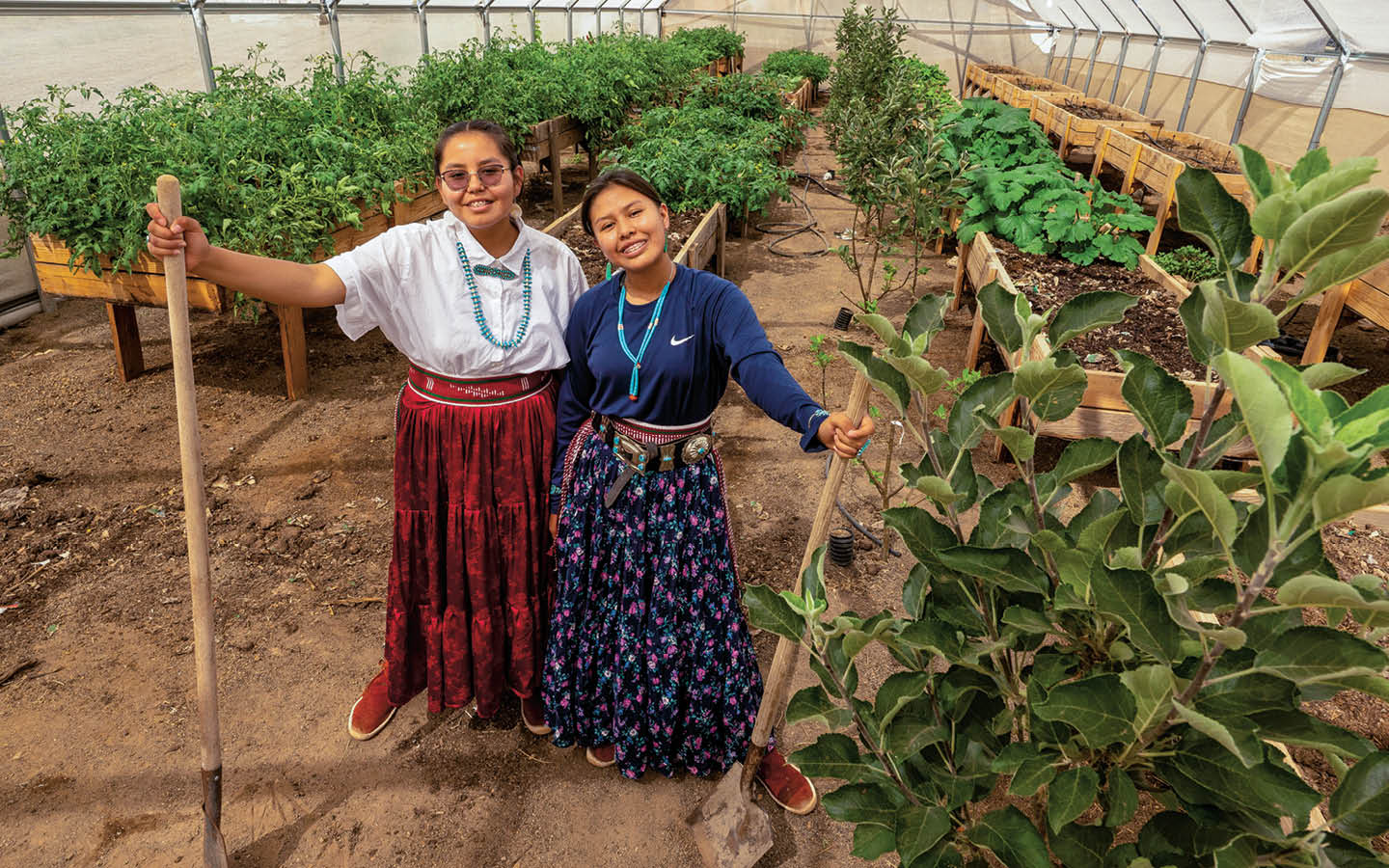When you think of school food, you might picture soggy sandwiches and limp vegetables. But visit STAR School in Arizona, and you’ll see something different.
Breakfast might be fluffy pancakes and juicy melon. Lunch could be lasagna and crisp green beans.
This food is healthy and tasty. But that’s not the only reason it’s special. Much of it is grown right at the school.
Hannah and Nariyah, both 14, graduated from STAR School last year. They cared for the school’s gardens with their classmates.
For them, growing food is a powerful feeling. And they want to spread that feeling throughout their community.
When you think of school food, what do you picture? Soggy sandwiches? Limp vegetables? At STAR School in Arizona, things are different.
Breakfast might be pancakes and juicy melon. Lunch could be lasagna and crisp green beans.
This food is healthy and tasty. But that’s not all that’s special about it. Much of it is grown right at the school.
Hannah and Nariyah are 14. They graduated from STAR School last year. They helped care for the school’s gardens.
For them, growing food feels great. They want to share that feeling with their community.
When you think of school food, you might imagine soggy sandwiches and limp vegetables. But visit STAR School in Arizona, and you’ll see something different.
Breakfast might be fluffy pancakes and juicy melon. Lunch could be lasagna and crisp green beans.
This food is healthy and delicious, but that’s not the only reason it’s special. Much of it is grown right at the school.
Hannah and Nariyah, both 14, graduated from STAR School last year. They cared for the school’s gardens with their classmates.
For them, growing food is a powerful feeling—and they want to spread that feeling throughout their community.

